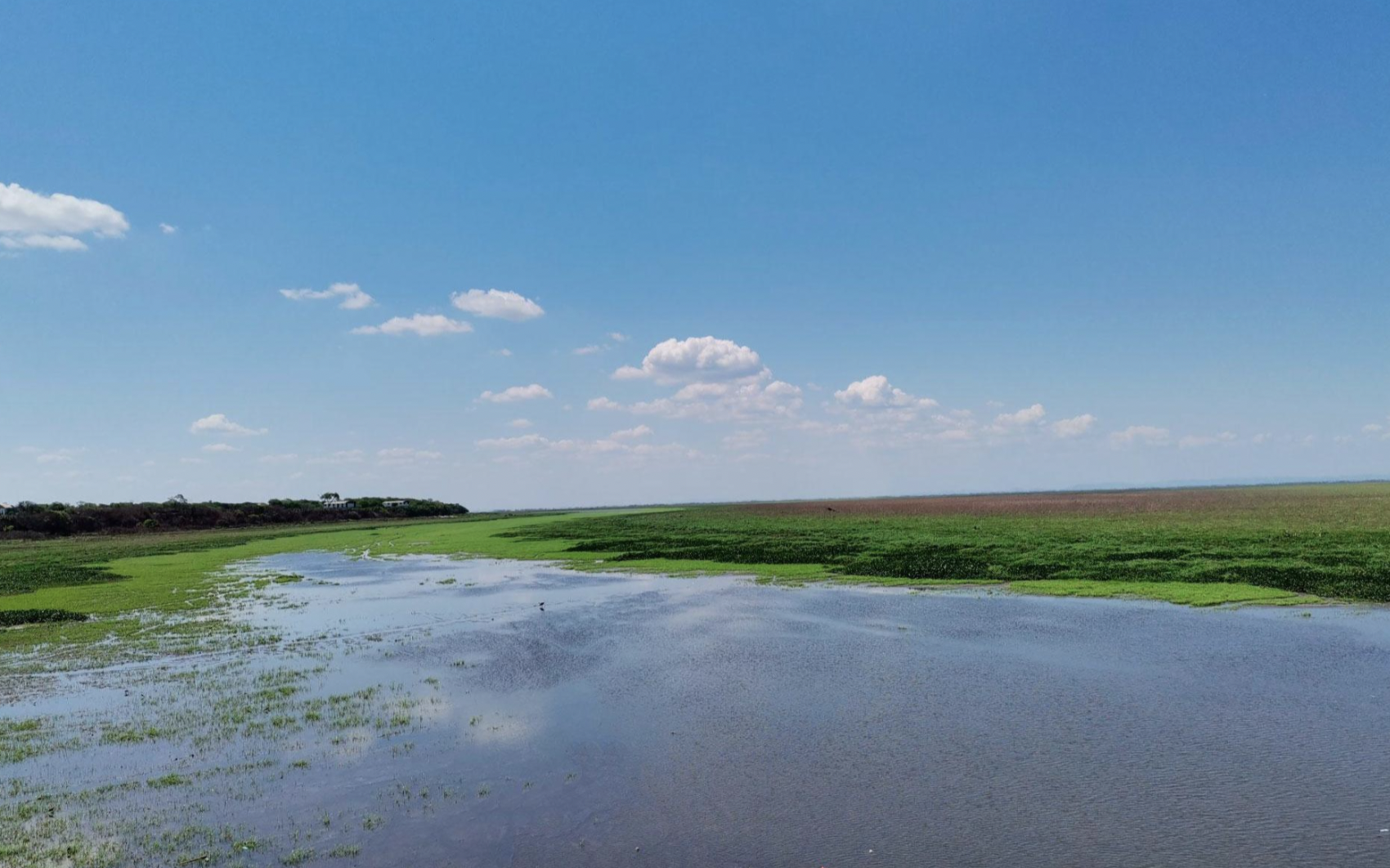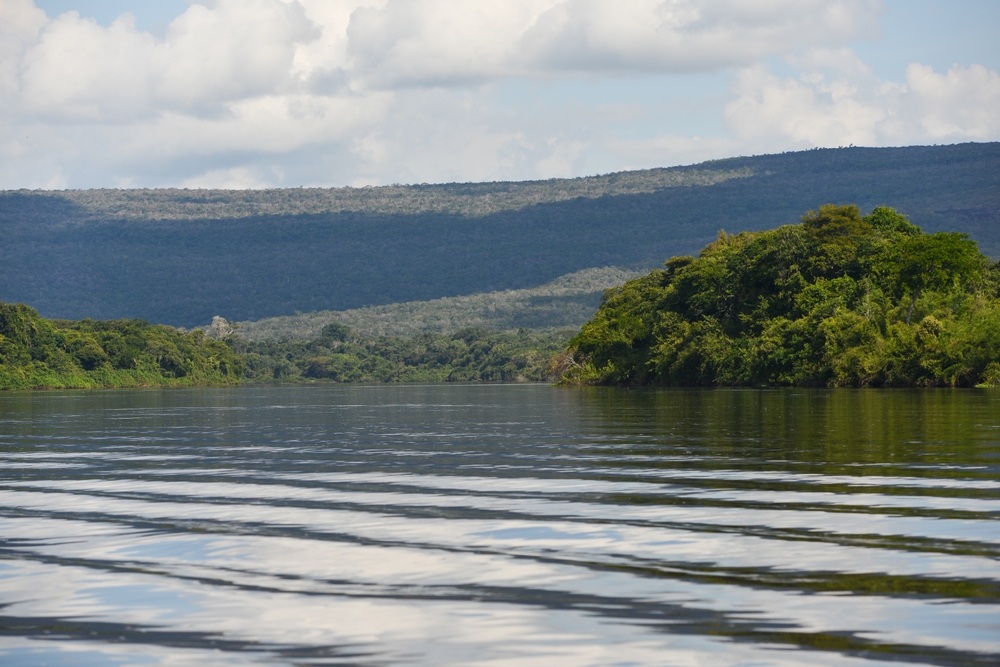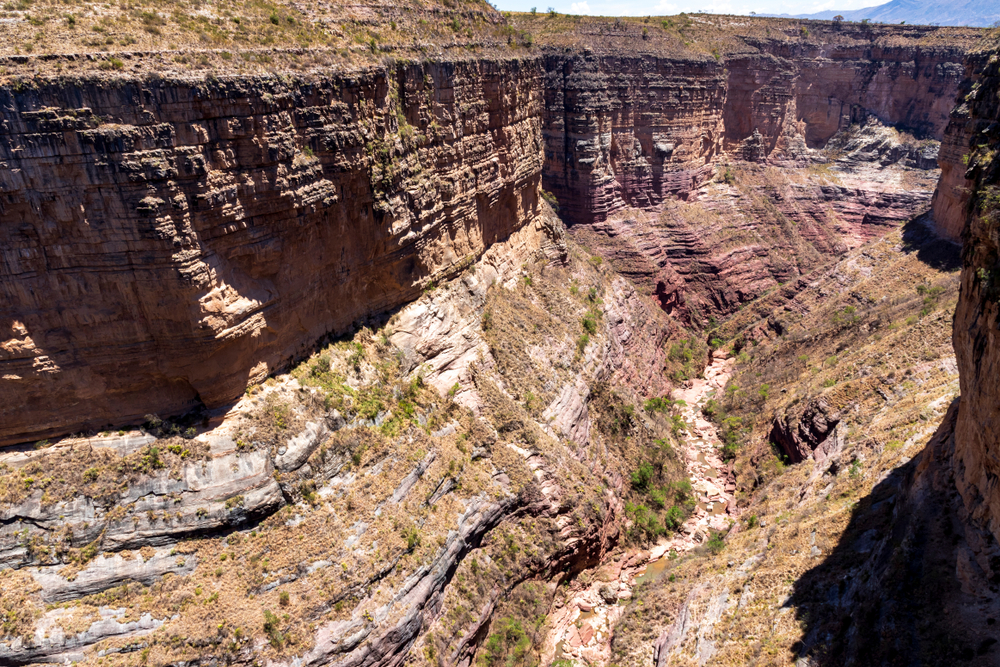Otuquis Overview
Otuquis National Park, known as Parque Nacional Otuquis in Spanish, is a vast protected area located in the southeastern region of Bolivia, within the department of Santa Cruz.
The park covers approximately 3,988 square miles (10,416 square kilometers) and forms a crucial part of the larger Pantanal ecosystem, which extends into Brazil and Paraguay. This expansive wetland area is considered one of the most biodiverse regions on the planet, with an intricate network of flooded savannas, grasslands, gallery forests, and seasonal wetlands that support a stunning array of wildlife.
The park is bordered by the Río Paraguay to the southeast, and much of its terrain is influenced by the seasonal floodwaters that transform the landscape into a mosaic of waterways, marshes, and lagoons.
The terrain of Otuquis National Park is characterized by vast floodplains interspersed with islands of vegetation and dense gallery forests that thrive along the riverbanks. The park experiences significant seasonal variations, with heavy rains during the wet season from November to March causing large portions of the park to flood, creating a dramatic shift in the ecosystem.
The drier months from May to September expose more of the grasslands, making it easier for visitors to explore. Within this dynamic environment, palm-dominated forests, tall grasses, and patches of semi-deciduous woodland create a habitat that supports an incredible variety of plant and animal species. The park’s proximity to the greater Pantanal allows it to serve as a sanctuary for many species that depend on its wetlands for survival.
Wildlife in Otuquis National Park is exceptionally diverse, with the region being home to some of South America’s most iconic species. Large mammals such as jaguars, pumas, ocelots, giant otters, and capybaras roam the wetlands and forests, while the park’s marshes serve as crucial habitat for marsh deer and tapirs.
The presence of maned wolves, a rare and elusive species, highlights the park’s importance for conservation. Birdlife is especially abundant, with hyacinth macaws, jabiru storks, roseate spoonbills, and various herons and kingfishers commonly seen throughout the region. The wetland ecosystem also supports reptiles such as caimans and anacondas, making it an excellent location for wildlife observation.
Visitors to Otuquis National Park are drawn to its untouched landscapes and the incredible biodiversity it supports. Birdwatching is one of the most popular activities, with the wetlands providing unparalleled opportunities to see rare and colorful species in their natural habitat.
Wildlife safaris along the park’s waterways offer a chance to observe jaguars, capybaras, and giant otters in action, while boat tours along the Paraguay River allow for breathtaking views of the flooded plains.
During the dry season, hiking through the park’s forests and savannas offers a unique perspective on the Pantanal ecosystem. Camping and eco-tourism lodges provide immersive experiences for those looking to connect with nature, and guided tours help visitors navigate the park’s vast and often remote landscapes.
Otuquis National Park faces several conservation challenges, primarily due to deforestation, illegal hunting, and agricultural expansion in surrounding areas. The Pantanal ecosystem, while resilient, is vulnerable to habitat loss and climate change, which can disrupt the delicate balance of water flow that sustains the wetlands.
Conservation efforts led by the Bolivian government and environmental organizations aim to protect the park’s biodiversity, control human encroachment, and promote sustainable tourism. Despite these challenges, Otuquis remains one of Bolivia’s most pristine and ecologically important national parks, serving as a haven for countless species and offering a rare glimpse into one of the world’s most dynamic wetland environments.














































































